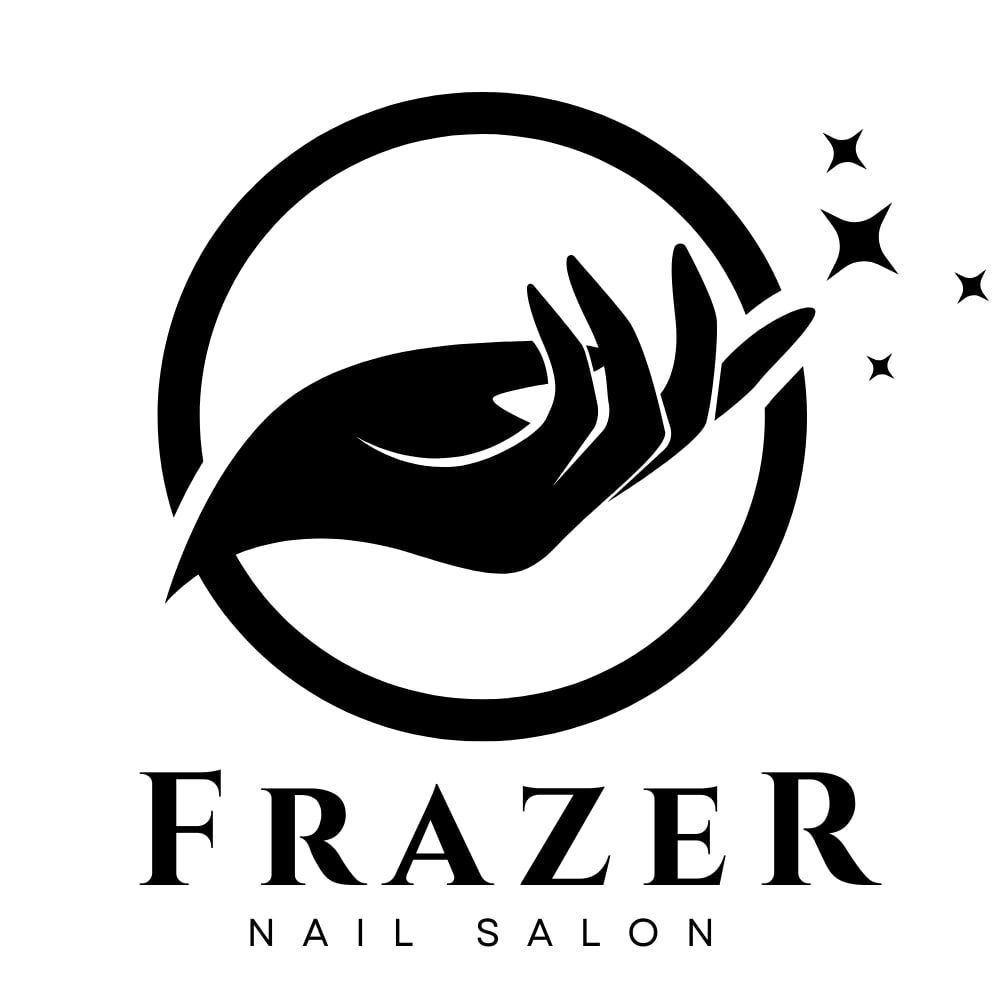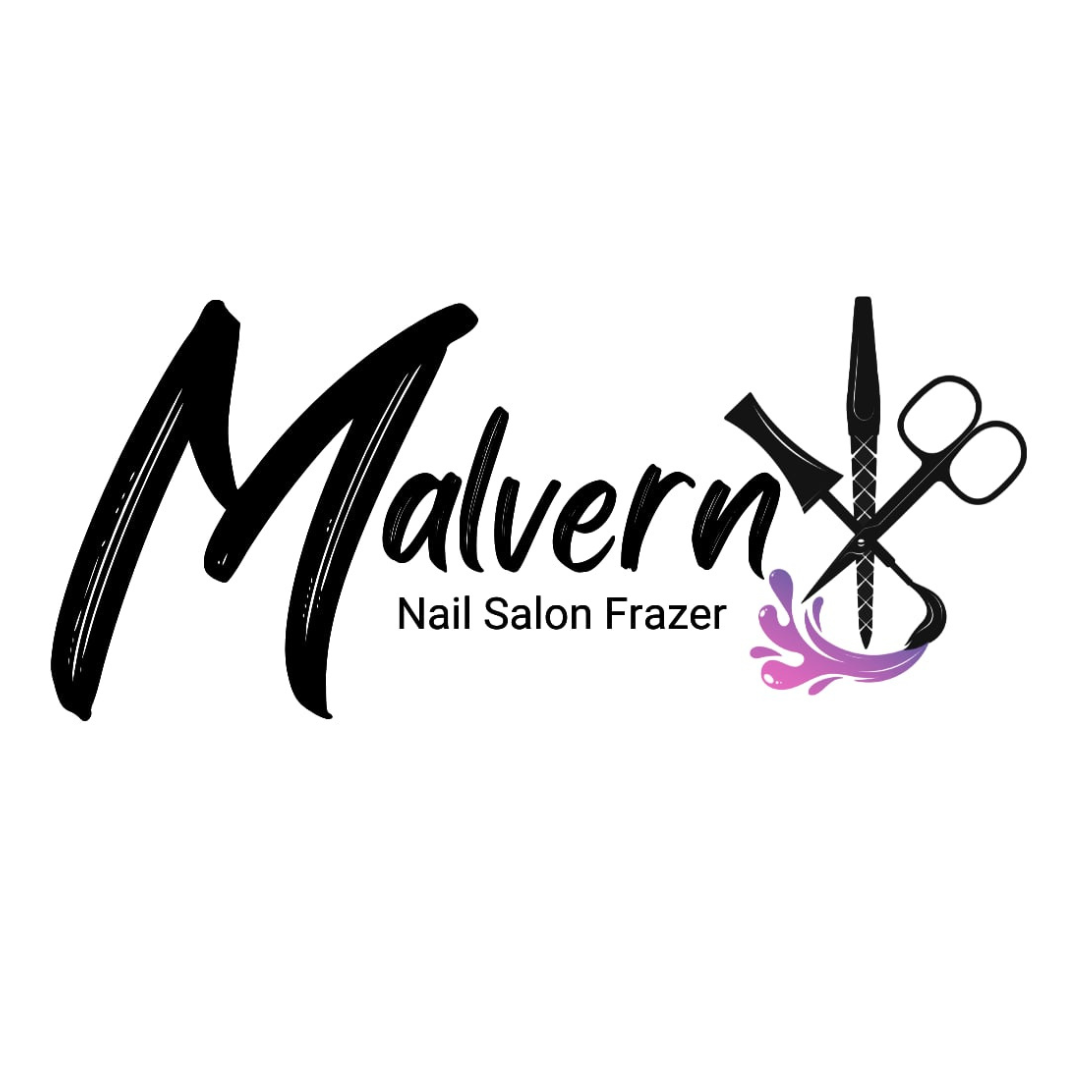How to Manage Nail Art Application with Psoriasis: A Safe Design Guide from Frazer Nail Salon in Berwyn
Psoriasis is a long-term autoimmune condition primarily known for affecting the skin, but in many cases, it also impacts the nails. When the condition reaches the nails, it can cause discomforting symptoms like nail pitting, discoloration, onycholysis (nail separation), thickening, and even total nail loss. These changes often make individuals hesitant about applying nail art or receiving manicures for fear of triggering flare-ups.
At Frazer Nail Salon in Berwyn, we understand how crucial it is to offer safe, gentle, and beautiful nail art solutions for clients with nail psoriasis. This guide explains how psoriasis affects the nails, how to choose suitable nail art techniques, and which adjustments can make nail services both non-invasive and comforting for those with sensitive or compromised nails.
Understanding Nail Psoriasis and Its Effects
Psoriasis is a chronic inflammatory skin condition marked by rapid skin cell turnover. In up to 50% of cases, it extends beyond the skin to the nails, resulting in what is known as nail psoriasis. The severity and symptoms vary, but common signs include:
- Nail pitting: Small, shallow indentations across the nail surface
- Onycholysis: Detachment of the nail from the nail bed
- Discoloration: Yellow-brown or salmon-toned areas under the nail
- Thickened nails: Often rough, with ridges or uneven textures
- Crumbling or fragile nails: Increased brittleness or splitting
These changes can complicate typical nail art procedures. However, with the right approach, you can still enjoy beautiful nails without triggering or worsening symptoms.
Adapting Nail Art Techniques for Psoriasis Clients
When working with nail psoriasis, the application process must be adapted to reduce trauma and ensure maximum comfort and safety.
Minimize Pressure and Avoid Nail Trauma
Psoriasis-affected nails are more prone to damage. Gentle care is essential.
- Gentle filing: Use fine-grit, soft files and apply minimal pressure
- Avoid aggressive clipping: Use rounded scissors or a dull clipper to prevent injury, especially for nails with onycholysis
- Skip heavy buffing: Avoid aggressive buffing to prevent lifting or splitting
Choosing Safe, Hypoallergenic Nail Products
Nail psoriasis makes the surrounding skin and nail beds highly reactive, so product selection matters.
- Use non-toxic nail polish: Choose formulas free of formaldehyde, toluene, DBP, and camphor. Look for organic, cruelty-free options.
- Opt for biodegradable glitter: Made from eucalyptus or cellulose, this glitter is safer for the skin and easier to remove than traditional plastic versions.
Gentle Alternatives to Acrylics and Gels
Traditional acrylics and gel applications may involve excessive filing, adhesives, and UV exposure—all of which may aggravate psoriasis. Consider the following alternatives:
- Stamping: Quick, low-pressure application of patterns using stamping plates
- Freehand painting: Allows custom designs using soft brushes and fewer layers
- Water transfer tattoos: Apply beautiful designs with water alone, avoiding glue or adhesives
Nail Art Designs That Work Well with Psoriasis
Gentle, minimal, and non-invasive nail designs can still make a big visual impact while protecting the nails.
Minimalist Accents
Simple designs go a long way for those with nail changes. Consider:
- The 1/3 rule: Paint only part of the nail (like a diagonal accent) and leave the rest natural
- Matte finishes: These can help disguise ridges and uneven textures without requiring too many layers
- Negative space designs: A breathable and gentle option for sensitive nails
Hydration and Nail Care for Psoriasis Relief
Consistent nail and skin care is essential for managing psoriasis and maintaining nail health.
- Hydrating oils: Apply Vitamin E, argan oil, or jojoba oil daily to nourish nails and cuticles
- Anti-inflammatory balms: Use creams with aloe vera, calendula, or chamomile for added soothing properties
- Moisturizing base coats: Look for keratin-infused or vitamin-rich base coats that protect the nail before applying polish
Non-Invasive Nail Art Techniques to Prevent Flare-Ups
Certain techniques are more psoriasis-friendly than others. These options reduce contact, pressure, and chemical exposure.
Use Gel Manicures with Caution
Gel polish should be approached carefully. If you opt for it:
- Choose breathable, low-chemical gel brands
- Avoid over-filing before gel application
- Limit gel use to occasional wear to reduce stress on the nail
Try Stickers and Nail Decals
- Use hypoallergenic stickers and decals that don’t require soaking or harsh glues
- Great for quick, non-irritating art with easy removal
Embrace Freehand Nail Art
- Skip layers of polish and complex designs
- A steady hand and a small brush can go a long way in creating lightweight, artistic looks
Avoid Overloading the Nail with Products
Too many layers, coatings, or adhesives can put stress on already sensitive nails.
- Stick to single-color designs or minimal accents
- Use breathable, lightweight formulas to allow the nail to move and recover
Conclusion: Nail Art That Respects Psoriasis and Enhances Beauty
Having psoriasis doesn’t mean you have to skip beautiful nails. With mindful techniques, the right materials, and a focus on nail health, you can enjoy expressive, elegant nail art that respects your condition.
At Frazer Nail Salon in Berwyn, we specialize in gentle, non-abrasive nail treatments and personalized care for clients with nail psoriasis or other skin sensitivities. Our team is happy to guide you toward safer alternatives, effective care routines, and customized nail art styles that both look beautiful and feel comfortable.
Let us help you celebrate your nails without compromising your skin’s well-being. Book your appointment today and experience nail art that’s designed with you in mind.

